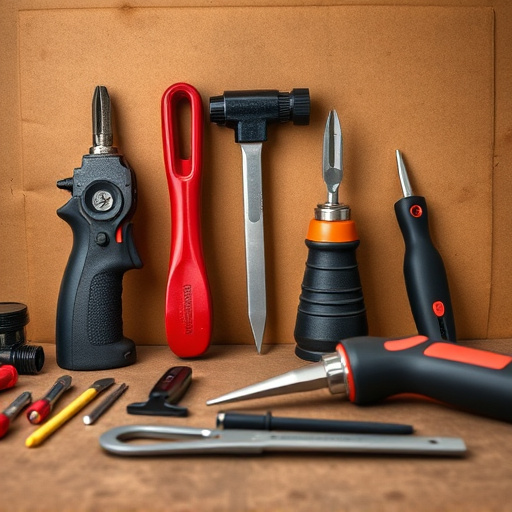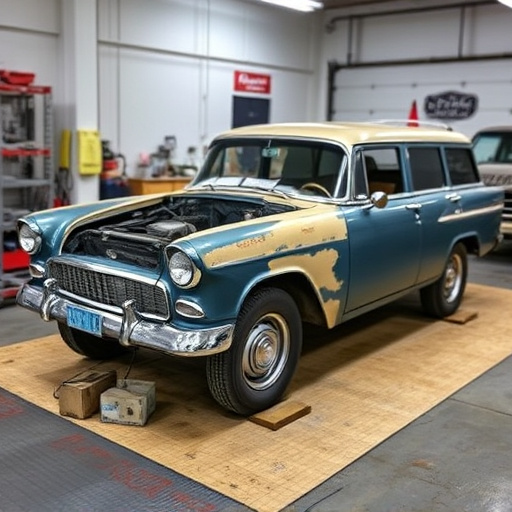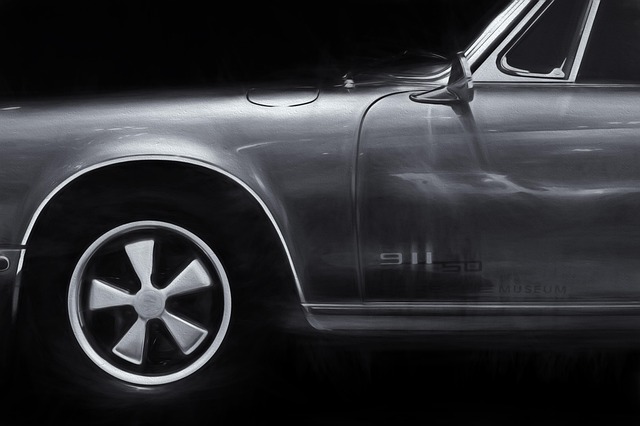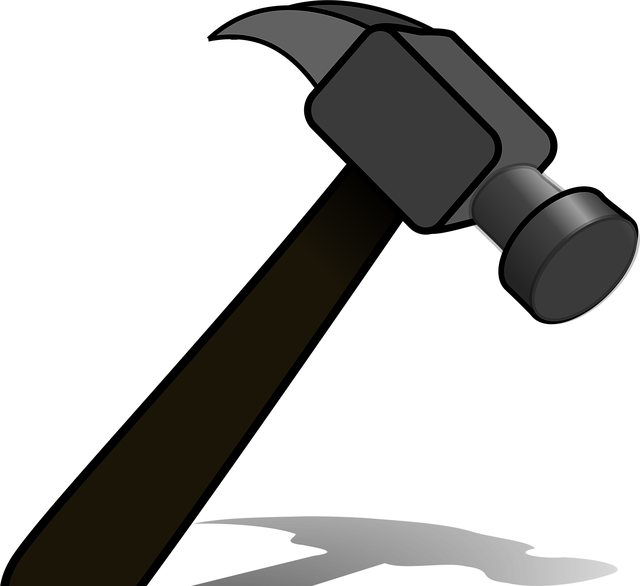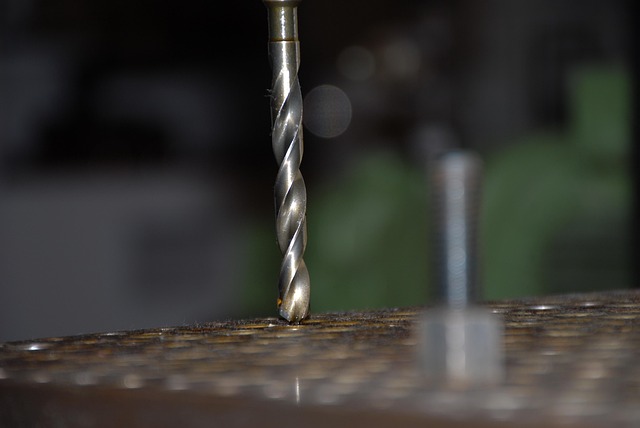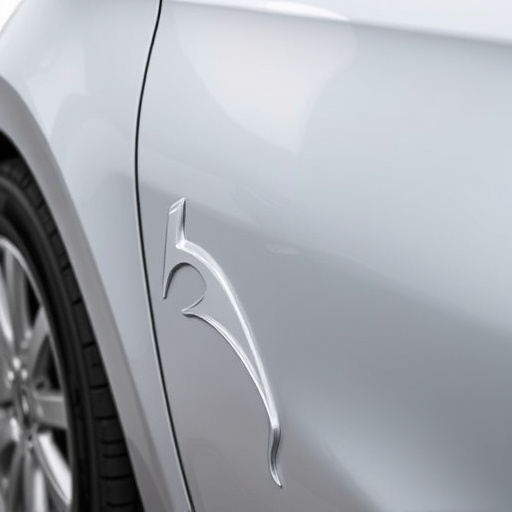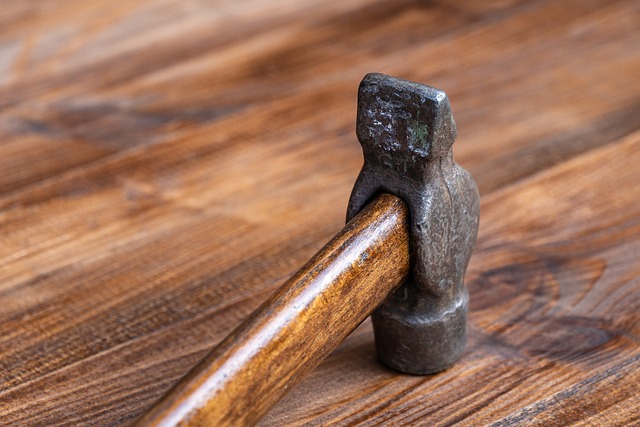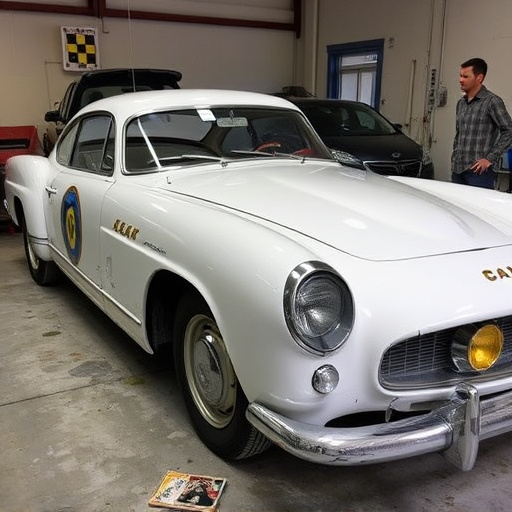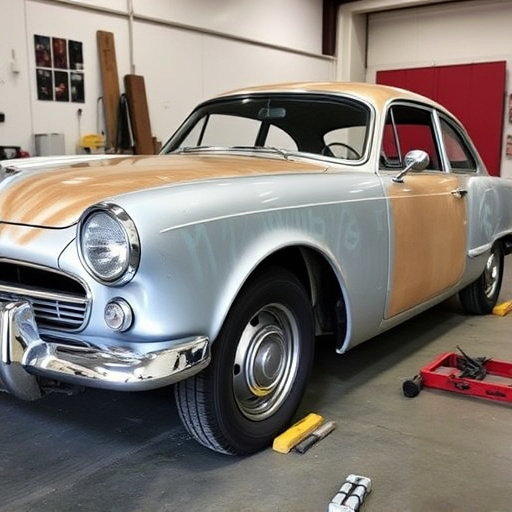Direct Repair Programs (DRPs) are collaborative initiatives between insurance companies and auto body shops that streamline car collision repair processes, benefiting policyholders and shop owners with faster claim approvals, competitive pricing for auto body painting services, and consistent standards based on manufacturer recommendations. Insurance adjusters play a crucial role in these programs by assessing vehicle damage, providing cost estimates, coordinating communication, ensuring efficient repairs including traditional bodywork or paintless dent repair (PDR), and managing financial aspects. Adjusters act as facilitators, enhancing collaboration among policyholders, shops, and insurers, aligning all parties from damage assessment to repair procedures and cost estimates, and maintaining quality control for top-tier services.
In today’s automotive landscape, auto body shops increasingly rely on Direct Repair Programs (DPR) facilitated by insurance adjusters. This article delves into the pivotal role insurance adjusters play in DPR processes, offering a comprehensive overview for auto body shops. We explore their key responsibilities, emphasizing efficient communication and collaboration to streamline repairs. Understanding this dynamic is essential for shops aiming to optimize operations and enhance customer satisfaction within the DPR framework.
- Understanding Direct Repair Programs: An Overview for Auto Body Shops
- The Insurance Adjuster's Key Responsibilities in DPR Processes
- Streamlining Communication and Collaboration for Efficient Repairs
Understanding Direct Repair Programs: An Overview for Auto Body Shops

Direct Repair Programs (DRPs) are initiatives by insurance companies designed to streamline the auto body repair process for their policyholders. These programs offer a simplified, cost-effective solution for car owners, especially those involved in collisions. For auto body shops, DRPs provide an opportunity to collaborate directly with insurers, ensuring efficient and accurate repairs.
Auto body shops can benefit from DRPs by receiving clear guidelines and specific procedures for various types of damage, including automotive collision repair and car body restoration. This ensures that the repair process is consistent and aligned with the manufacturer’s standards. Additionally, these programs often include benefits like direct communication channels with insurance adjusters, faster claim approvals, and potentially higher reimbursement rates, facilitating a smoother workflow and competitive pricing for auto body painting services.
The Insurance Adjuster's Key Responsibilities in DPR Processes

In auto body shop direct repair (DPR) processes, insurance adjusters play a pivotal role in ensuring efficient and effective repairs. Their primary responsibilities include evaluating damage to vehicles, estimating repair costs accurately, and facilitating communication between insurers, policyholders, and auto body shops. By thoroughly inspecting the vehicle and understanding the extent of the damage, they can determine the best course of action for repairs, whether it’s traditional car bodywork or specialized techniques like paintless dent repair (PDR).
Adjusters also handle the financial aspects of DPR by generating adjusted estimates and ensuring that both parties agree on the scope of work. They are responsible for authorizing payments to auto body shops as repairs progress, keeping detailed records, and managing claims until resolution. This meticulous approach not only speeds up the overall repair process but also ensures high-quality workmanship in car dent repair or any other necessary PDR services.
Streamlining Communication and Collaboration for Efficient Repairs
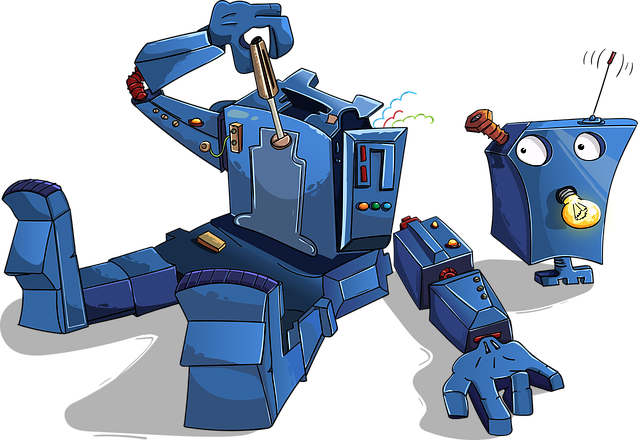
In the realm of auto body shop direct repair programs, the insurance adjuster plays a pivotal role in streamlining communication and collaboration. By serving as a liaison between the policyholder, auto body shop, and insurer, they facilitate efficient repairs from start to finish. This seamless coordination ensures that all parties are on the same page regarding damage assessment, repair procedures, and cost estimates, fostering a collaborative environment that prioritizes timely and accurate auto collision repair.
The insurance adjuster’s expertise in auto frame repair and auto body restoration processes is instrumental in guiding shops through complex repairs. They help ensure that every step of the process adheres to the highest standards, from assessing minor dents and scratches to conducting comprehensive inspections for more extensive damage. This not only promotes quality control but also reduces the time required for repairs, making it easier for auto body shops to efficiently manage their workload while providing top-notch services.
In conclusion, insurance adjusters play a pivotal role in enhancing the efficiency of auto body shops through Direct Repair Programs (DPR). By understanding their key responsibilities and streamlining communication, DPR processes can be optimized for faster, more effective repairs. This benefits both insurers and auto body shops, ensuring better customer satisfaction while controlling costs. Embracing these practices is crucial for maintaining a seamless and collaborative ecosystem within the auto repair industry.


